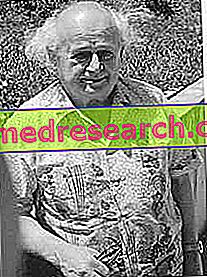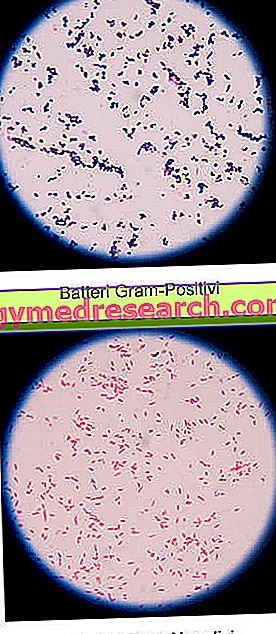By Dr. Maurizio Cancenda
Summary
The author explains in the article the Feldenkrais® Method and the theoretical and methodological principles underlying its application in postural education. Starting from a systemic and multidisciplinary approach, it exposes the dynamic and biological conception of the posture of a method that has established itself all over the world, with remarkable results and in numerous fields of application. The functionality of the posture is improved through an educational program based on conscious movement, combining individual sessions with group sessions. At the end of the article it is possible to experiment a lesson on sitting position to get great results in an easy and pleasant way.
Keywords : Postural education, Feldenkrais® method, global and psychomotor approach, posture and "attura", conscious automatisms, movement processes, functional integration, biological aspect, gravity, environment, emotional attitude.
THEORETICAL INTRODUCTION: Postural education
The study of posture, the way of organizing the segments of the body in space and in relation to
gravity and the environment, represents a fascinating field of research and multidisciplinary collaboration (5).
The biomechanical, physiological, psychological and even social implications make posture education a truly complex terrain (7).
Indeed, the way the body behaves presents "engineering" problems, especially since our evolution has allowed us to "conquer" the upright posture and face the new challenge with gravity (3).
But there are also biological, psychological and social problems of posture related to our survival and the relationship with the environment and with others.
A person's postural attitude is not accidental, but a meaningful expression of his motivations and his way of being.
Educating the posture in a scientific way therefore means using a systemic and psychomotor approach that considers the interdependencies between structure, personality and environment, integrating the biomechanical component with the neuro-motor and psychomotor component (4).
TECHNICAL PRESENTATION: The Feldenkrais® Method
Among the various schools that have given space to postural education, a particularly systemic one (and one that has fascinated the writer) is represented by the Feldenkrais® Method.

The Feldenkrais Method ® is an educational system that uses balanced movement, breathing and neuro-muscular relaxation to help people to know themselves, to improve their functions and to reach a psychosomatic balance. The improvement of individual functionality is developed through the expansion of the motor heritage, perfecting the dynamic relationship within the organism and in relation to gravity and the environment.
The method, used throughout the world with multiple fields of application, has proved to be very effective in postural re-education: its approach allows to change the behaviors responsible for tension or chronic pain (12).
The Method is named after Moshe Feldenkrais (hereafter Moshe), a brilliant Russian-Israeli scholar passionate about psychomotor and rehabilitation, who developed it to rehabilitate himself from a knee injury and, once cured, he thought of spreading its benefits in Worldwide.
It offers the possibility to improve one's own efficiency and to develop one's own potential through group lessons, called "Awareness through movement®" (CAM) processes and individual lessons, called "Functional Integration®" (IF).

The student, guided by the teacher's voice, performs unusual movements in a slow and relaxing way, listening to the sensations that accompany them. As children do when they learn to move, the multiple possibilities are explored, the usual patterns are modified and the intimate wisdom of the body is found.
In Functional Integrations the teacher provides the sensitivity of his own hands and his motor awareness to help the person to expand and reorganize those movements and those habitual non-functional postures. The hands lead a non-verbal dialogue.

The global, dynamic and biological conception of posture in the Feldenkrais Method.
Moshe's idea is that the physical configuration of our joints, postural attitudes, our way of acting with the ground and with gravity, in short, our usual neuro-motor patterns, are fused with our emotional and mental habits . Body attitude and movement, emotion and thought are only different aspects and functions of the same reality, so that the evocation of one of the elements immediately recalls and reactivates all those that are part of the same constellation.



